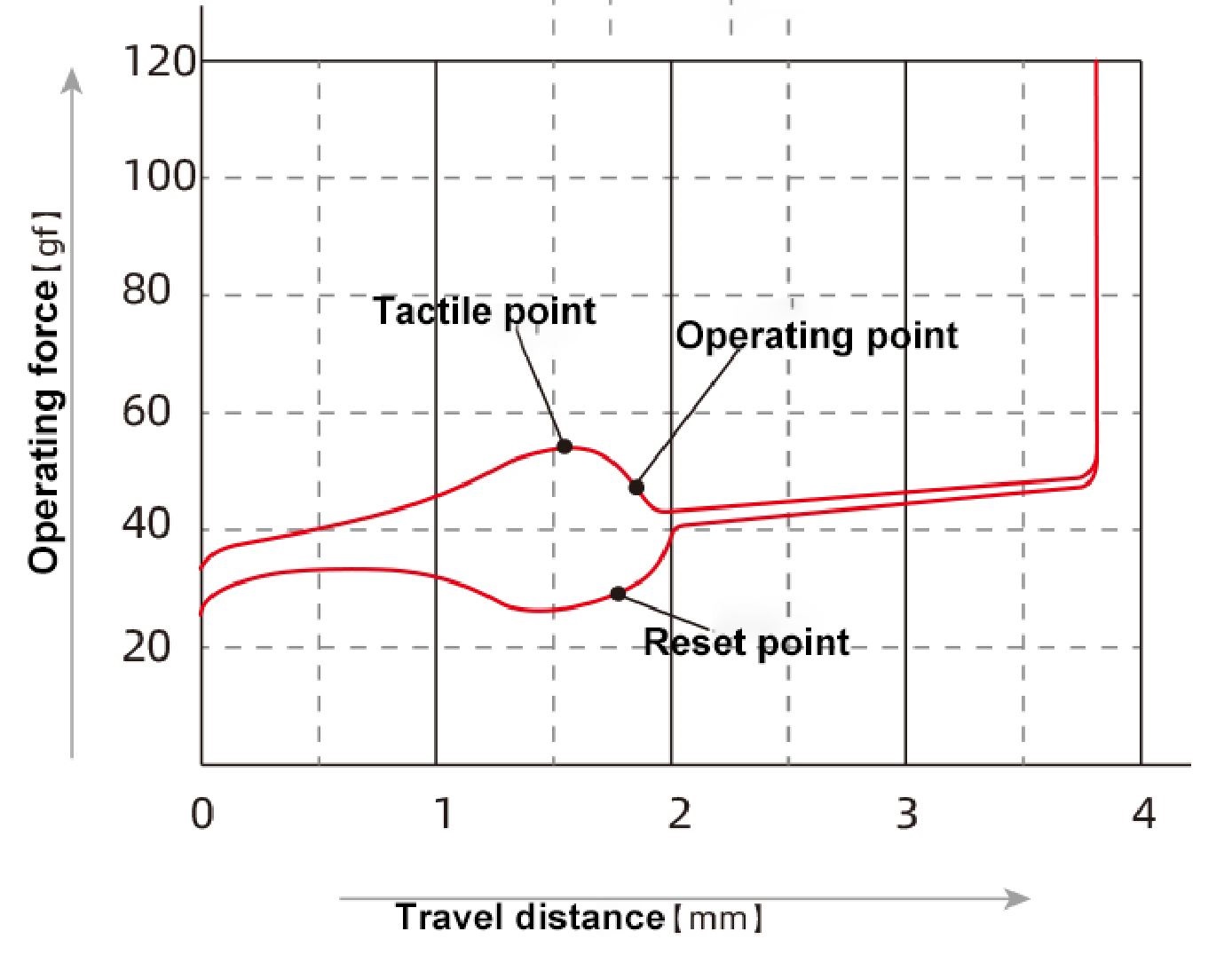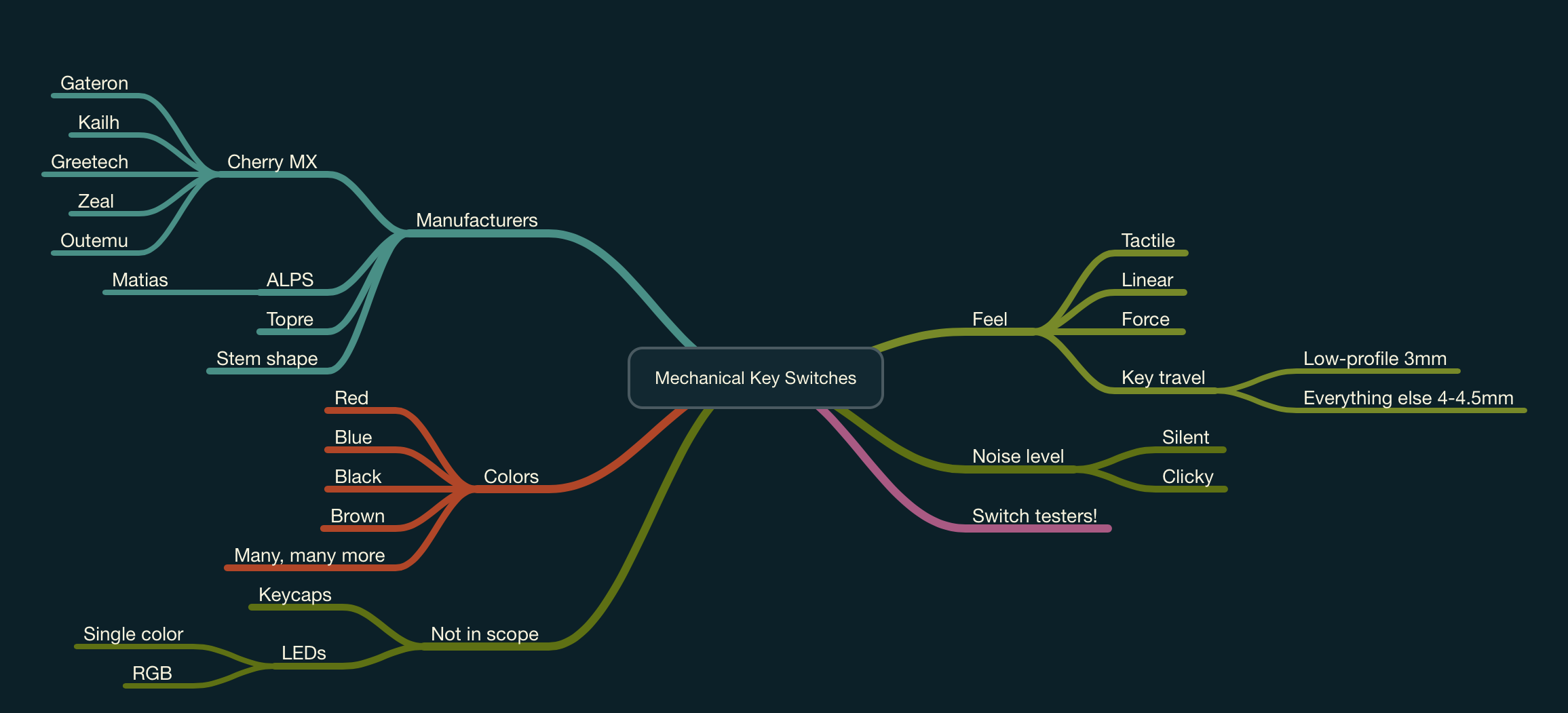So, I was tinkering with some keyboard parts the other day, as you do, and a thought popped into my head: do all these different switches actually bottom out at the same exact level? You know, when you press a key all the way down, does the keycap stop at the same height relative to the switch plate, regardless of the switch type?
It’s one of those things you don’t really think about much, until you start swapping switches or building your own board. Then you notice tiny differences, or at least you think you do. So, I figured, why not try and see for myself? It wasn’t going to be super scientific, mind you, just a quick and dirty check.

My Little Setup for This Investigation
I didn’t go crazy with tools or anything. I just grabbed a few things I had lying around:
- A handful of different switches. I had a common red one, a clicky blue one, and a tactile brown one. Just your basic types.
- A standard keycap. Nothing fancy, just one I could easily pop on and off.
- A flat desk surface, and my eyeballs. Later I grabbed a small ruler, but honestly, it wasn’t that helpful for the tiny differences I was looking for.
That’s it. Simple, right? I wasn’t aiming for a PhD thesis here.
Getting My Hands Dirty
Alright, so here’s what I did. I took the first switch, let’s say the red one. I popped it into a switch plate cutout I have for testing, just to hold it steady. Then, I put the keycap on it.
I pressed the keycap down, firmly, until it hit the bottom. That “thock” or “clack” sound, you know the one. Then I tried to eyeball how high the bottom edge of the keycap was from the plate. I also paid attention to the feel – how deep did it feel like it was going?
Then I repeated the process with the blue switch. Popped it in, same keycap, pressed it down. Tried to compare it with my memory of the red one, and also placed them side-by-side as much as I could to see if there was a visual difference in keycap height when both were bottomed out.
Did the same for the brown switch. It was a bit fiddly, trying to make sure I was pressing them with similar force and looking from the same angle. My neck started to ache a bit from all the squinting and close-up looking.

I even tried lining them up and pressing them down together, trying to feel if one stopped before the other. That was a bit tricky because different spring weights can fool your fingers.
So, What’s the Verdict? Do They or Don’t They?
Well, after all that poking and prodding, here’s what I reckon. No, they don’t all bottom out at exactly the same level. It’s not a massive difference, mind you, not like one is half an inch lower than the other. But there are definitely slight variations.
I noticed, or at least I felt like I noticed, that some switches seemed to let the keycap sit just a tiny bit lower when fully pressed. Others felt a tad shallower. Visually, it was really hard to tell without some precision measuring gear, which I don’t have for this kind of thing. But by feel, and by trying to use the edge of another keycap as a makeshift gauge against the switch plate, there were subtle differences.
Why would that be? Well, these things are mass-produced. There are always going to be tiny manufacturing tolerances. The stem length inside the switch, the point where the stem hits the bottom housing – these can vary ever so slightly from batch to batch, or brand to brand, or even switch type to switch type within the same brand.
Plus, different switch designs might inherently have slightly different total travel distances, even if they advertise the same nominal travel. The shape of the bottom of the stem, the inside of the bottom housing – it all plays a part.
For most everyday typists, are these tiny differences going to make or break their experience? Probably not. You’d likely adapt without even noticing. But if you’re super sensitive, or if you’re mixing and matching switches on a single board in a way that makes these differences more apparent (like on different rows), then yeah, maybe you’d feel it.

Anyway, that was my little adventure into the world of switch bottom-out levels. Just a curious itch I had to scratch. It’s amazing the rabbit holes you can fall into with this keyboard hobby!